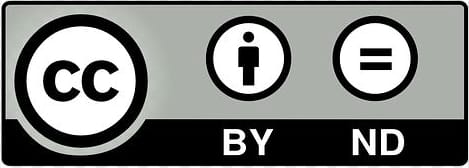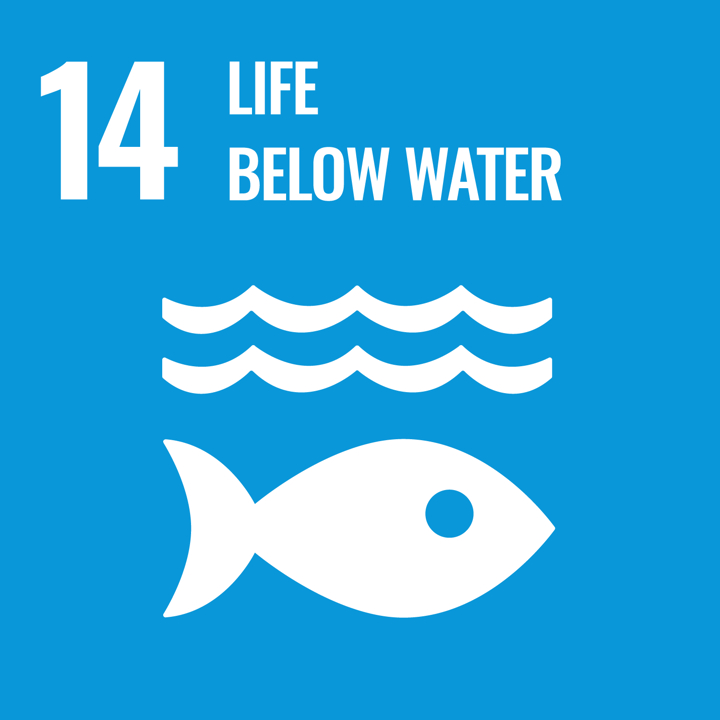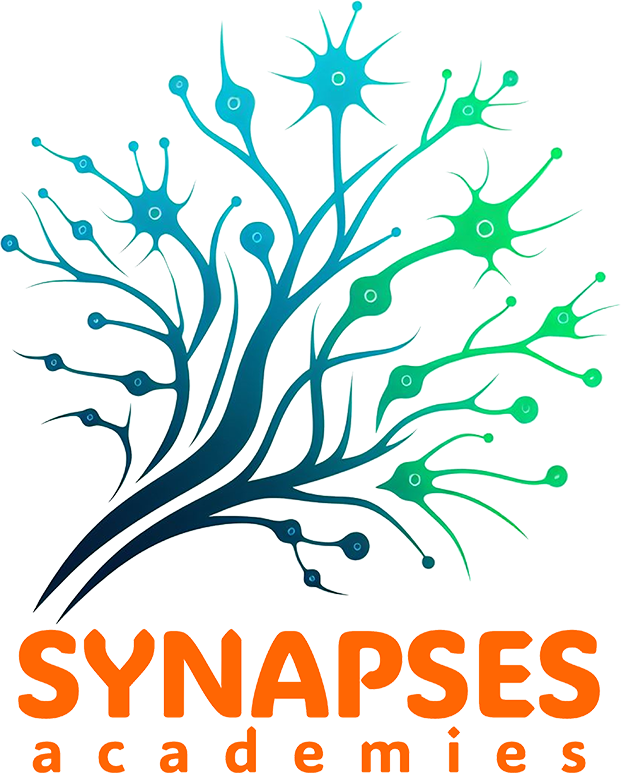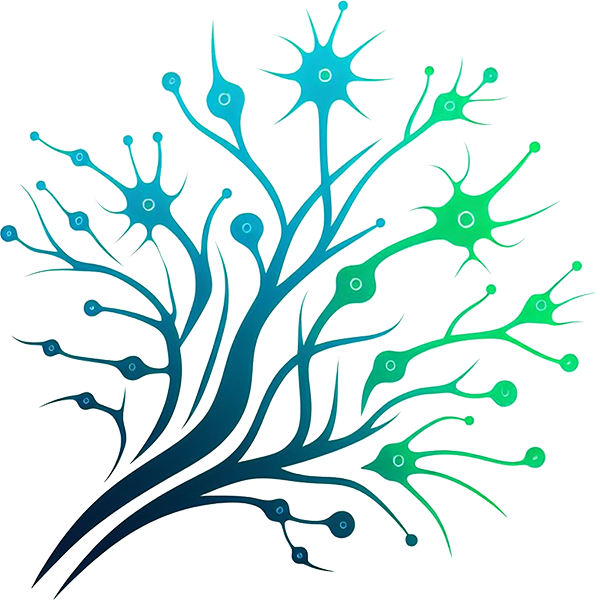
Vorgesehener Endnutzer: Lehrer
Altersgruppe: Sekundarstufe I; Sekundarstufe II
Lehrplan der Schule: Wissenschaft; Sozial-, Gesellschafts- und Umweltwissenschaften
Themen und Fragestellungen: Environmental Change; Futures Thinking; Information & Knowledge
Dauer: 4 levels, each 30 – 60 minutes
Art der Ressource: Game, Audio/Video, Lesson Plans, Online Course
Schlüsselwörter: Scientific/Climate Literacy, Coral Reefs, Climate Change, Ocean Temperature, Data Analysis
Sprachen: Englisch
Beschreibung
Coral reefs are one of the most diverse ecosystems on the planet. Found throughout tropical regions, they support an estimated 500 million people (one in every 15 people) in terms of food, livelihoods and other benefits.1 Even though coral reefs face numerous threats, rising temperatures associated with climate change is one of the greatest. In this module, students will use real data to investigate the consequences of rising ocean surface temperature on coral reefs. They will also consider the importance of coral reefs in their own lives.
Through the lessons in this module, designed for grades 6-12, students are guided through the use of National Oceanic and Atmospheric Administration (NOAA) data (ocean surface temperature, coral bleaching hotspots, and accumulated heat stress) to understand how scientists monitor coral bleaching events in order to determine what is happening to the health of coral reefs in the world’s oceans. The module offers lessons at five different levels, beginning with basic graph interpretation (Levels 1 & 2) and building towards activities that challenge students to ask questions and develop their own data investigations (Levels 4 & 5).
Wie Sie diese Ressource nutzen können
Teachers can use this resource to engage students in real-world scientific investigation by analyzing NOAA data on ocean temperatures and coral bleaching. The module offers five levels of activities, from basic graph interpretation to independent data analysis, allowing differentiation based on student ability. Through guided inquiry, students explore the ecological and human significance of coral reefs, develop data literacy skills, and critically assess climate change impacts. Teachers can integrate these lessons into science, geography, or environmental studies curricula, fostering hands-on learning and real-world problem-solving while encouraging students to consider their own connection to marine ecosystems.
Die Ressourcen
The resources and tools can be found here:
Lernergebnisse
- Abfrage des Vorwissens und Weiterentwicklung von Wissen und Verständnis von Schlüsselkonzepten der nachhaltigen Bürgerschaft, wobei etablierte Weltanschauungen und Werte in Frage gestellt werden.
- Anwendung einer Reihe von geeigneten Instrumenten und Rahmenwerken zur Förderung des bürgerschaftlichen Engagements von Studierenden im Bereich Nachhaltigkeit
- Reflektieren Sie die Praxis und untersuchen Sie die nationalen Lehrpläne, um Möglichkeiten zur Förderung der nachhaltigen Bürgerschaft auf interdisziplinäre Weise zu identifizieren und mit externen Interessengruppen in Kontakt zu treten.
- das Wissen, die Instrumente und den Rahmen gemeinsam zu synthetisieren, um Bildungsmaterialien und Unterrichtspläne zu erstellen, die an ihren eigenen lokalen Kontext angepasst sind
- Entwicklung und Anwendung von Beurteilungskriterien zur Bewertung des bürgerschaftlichen Engagements für Nachhaltigkeit bei Schülern.
Grüne Kompetenzen
- Nachhaltige Werte verkörpern: Wertschätzung der Nachhaltigkeit; Förderung der Natur
- Komplexität in der Nachhaltigkeit berücksichtigen: Systemdenken; Kritisches Denken; Problemstellung
- Visionen für eine nachhaltige Zukunft: Zukunftskompetenz; Anpassungsfähigkeit; forschendes Denken
- Handeln für Nachhaltigkeit: Kollektives Handeln
Creative Commons

This curriculum module was originally developed for the NOAA Ocean Data Education (NODE) Project. This 4th edition (2024) was completed under contract by Amy Dean. Data in the Classroom is a collaboration of many NOAA programs and offices including: National Environmental Satellite, Data, and Information Service (NDIS), National tuarine Research Reserve System, National Oceanographic Data Center and the Office of National Marine
Sanctuaries.
Permission is hereby granted for the reproduction of these lessons without alteration and on the condition that the acknowledgment above is cited.
SDGs


